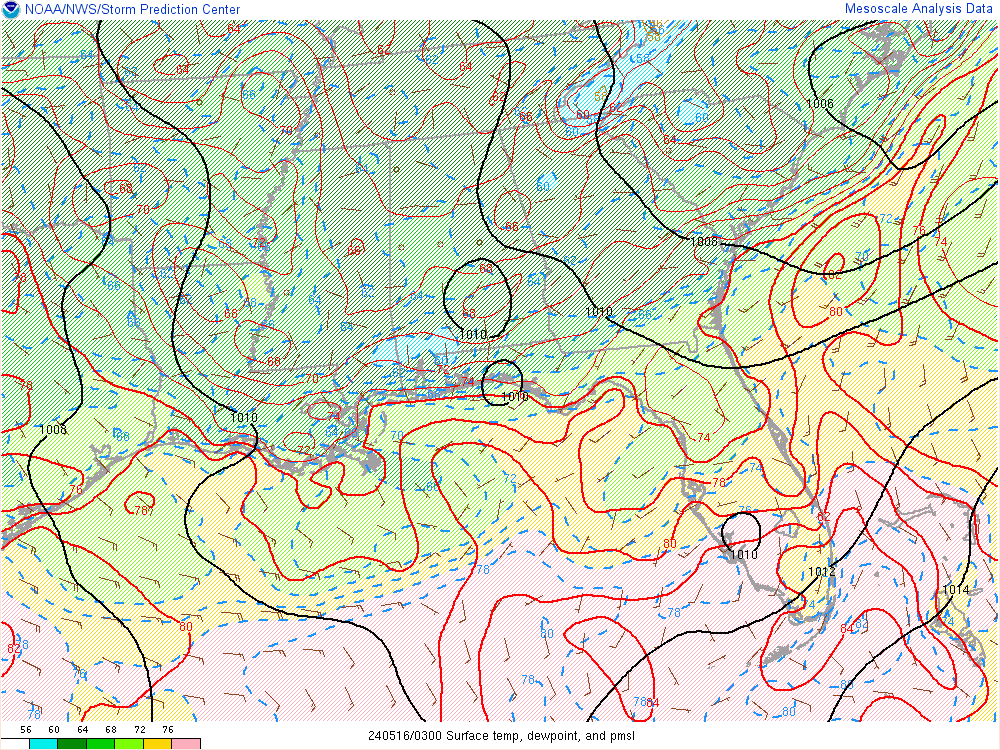...Lower/Mid Mississippi Valley to the lower Ohio/Tennessee Valley
region...
Strong upper trough will progress across the Rockies into the Plains
by 11/00z then into the mid/upper MS Valley by the end of the period
as an intense 500mb speed max (100-110kt) translates into IL late.
In response to this feature a surface low will deepen as it tracks
from southern KS to north of CHI by 11/06z then into northern lower
MI by daybreak Saturday. Severe thunderstorms are expected to
develop ahead of this strongly dynamic trough. Serious consideration
was given to higher severe probabilities along the MS delta region
of eastern AR into the lower OH River valley. Despite the nocturnal
initiation, strong tornadoes are possible with supercells Friday
night.
Southwesterly LLJ is expected to increase across eastern TX/lower MS
early in the period. This southerly branch of the LLJ will encourage
higher-quality boundary-layer air mass to advance north into the mid
MS Valley ahead of the surging cold front. Early this morning, lower
70s surface dew points are noted as far north as PSN to IER over
eastern TX/LA with lower 60s dew points into central AR. There is
little reason to doubt moisture will advance into MO/IL ahead of the
front as capping will prevent appreciable convection until mostly
after sunset. Latest model guidance suggests moisture
advection/cooling profiles aloft will result in destabilization
ahead of the surface low such that surface-based parcels should
become buoyant by 11/02-03z across MO. There is great disparity
among the latest HREF regarding timing/spatial distribution of
convection during the initiation phase after sunset. Based on
forecast soundings have opted to increase severe probabilities
farther west across the warm sector ahead of the surface front in
MO. Latest thinking is scattered supercells could develop by 03z
then track northeast within a very strongly sheared environment.
With thunderstorms not expected to develop until after dark diurnal
heating will not contribute appreciably to buoyancy across this
region. Even so, parameter space appears very favorable for
supercells, and with dew points expected to rise into the lower 60s,
a few strong, longer-lived tornadoes seem plausible.

